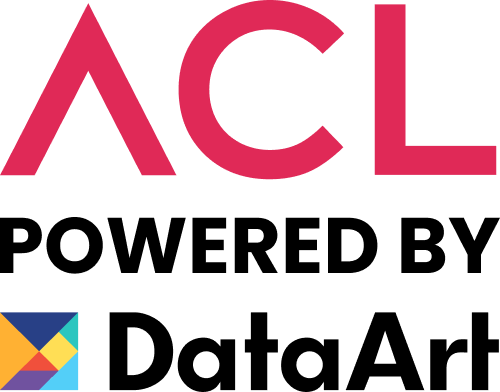In today's hyper-connected world, businesses are continuously seeking ways to communicate efficiently with their audience. With a plethora of options available, selecting the right tool can be a challenge.
Two prominent names that often come up in conversations about live chat software are Tidio and Drift. Both have made significant impacts in the realm of real-time online communication, but how do they fare against each other? Let’s weave through the fabric of these platforms to understand their unique offerings.
At ACL, we pride ourselves on our unmatched expertise in recruiting top-tier developers from Latin America. With a legacy spanning over three decades and an impressive roster of over 700 developers from 14 Latin American countries, our footprint in the region is significant.
Our credentials are further endorsed by our partnerships with renowned industry leaders, including IBM, Deloitte, Oracle, and Walmart, to name a few. Our success is anchored in the dedication and precision of our team of 25 recruitment specialists. In just the last two years, we've meticulously reviewed over 5,000 developer applications, ensuring that only the absolute best join our ranks.
With such vast experience and a keen eye for talent, ACL stands as the benchmark in Latin American developer recruitment. To get a comprehensive view of our clientele and endeavors, we invite you to explore further.
A Brief Introduction
Tidio came into existence in 2013, positioning itself as an all-in-one communication platform. What makes Tidio stand out is its ambition to unify chats, emails, and Messenger interactions into one cohesive experience. The idea? To erase the communication barriers that often stand between businesses and their customers.
On the other side of the spectrum, Drift emerged a year later in 2014. While it too offers chat solutions, its primary identity lies in being a conversational marketing platform. Drift's vision has always been broader - not just enabling conversations, but making them meaningful and geared towards lead generation.
Diving Into Features
When it comes to features, both platforms seem to be playing at the top of their game but in slightly different arenas.
With Tidio, the emphasis is on creating a unified user experience. Imagine being able to integrate your chats, emails, and Messenger interactions seamlessly. Tidio's Chatbots are another highlight, offering businesses the chance to automate responses based on visitor behaviors. Add to that a real-time visitor list and an integrated email marketing tool, and you have a platform striving to be a comprehensive communication hub.
Drift, in contrast, is heavily inclined towards marketing and sales. Their lead generation tools, powered by AI, help businesses prioritize conversations with potential high-value customers. The platform doesn’t stop there. Features like the meeting scheduler, which integrates directly with Google Calendar, account-based marketing to tailor visitor experiences, and sales sequences for automating follow-ups, showcase Drift's commitment to redefining conversational marketing.
Ease of Use and Integration
Navigating Tidio feels intuitive. Its minimalist design, combined with a user-friendly dashboard, ensures that even someone new to chat software can set it up with ease. And when it comes to integrations, Tidio doesn't disappoint. From WordPress to Shopify and even CRM platforms, integrating Tidio feels almost effortless.
Drift, with its modern and sleek design, offers a polished user experience. However, its advanced features might pose a steeper learning curve for the uninitiated. But where Drift truly shines is its integration capabilities, especially with renowned CRM tools like Salesforce and HubSpot. The platform's focus remains clear: to streamline marketing and sales processes seamlessly.
The Price Tag and Support
Tidio's free plan, equipped with basic features, is a boon for startups or small businesses. But as your needs grow, Tidio's tiered pricing provides the flexibility to choose functionalities as per your requirements.
Drift’s pricing leans more towards medium to large enterprises, given its extensive feature set. While they do offer a limited free plan, the premium features can feel a bit on the pricier side.
When it comes to customer support, Tidio users often rave about their prompt and effective support channels, which include email, chat, and a well-structured knowledge base. Drift, while offering extensive documentation and training resources, has had some users point out longer waiting times for chat support.
Final Thoughts
Both Tidio and Drift are champions in their respective domains. If you're looking for a holistic communication solution, Tidio might be your best bet. But if lead generation through advanced conversational marketing is what you're after, Drift stands out as a formidable contender.
Remember, the best platform is the one that aligns most closely with your business goals and needs. Happy chatting!
Ready to hire nearshore developers and get started with software development outsourcing?
At ACL we ensure your software development projects are successful by helping you hire the best nearshore developers in Latin America through staff augmentation and nearshore outsourcing.
Our technical recruiters will find the top LATAM talent for your development solutions and handle everything from vetting to initial interviewing. Whether you’re looking to hire a big outsourced development team or just do one direct placement, our team can help you welcome the right people to your staff.






